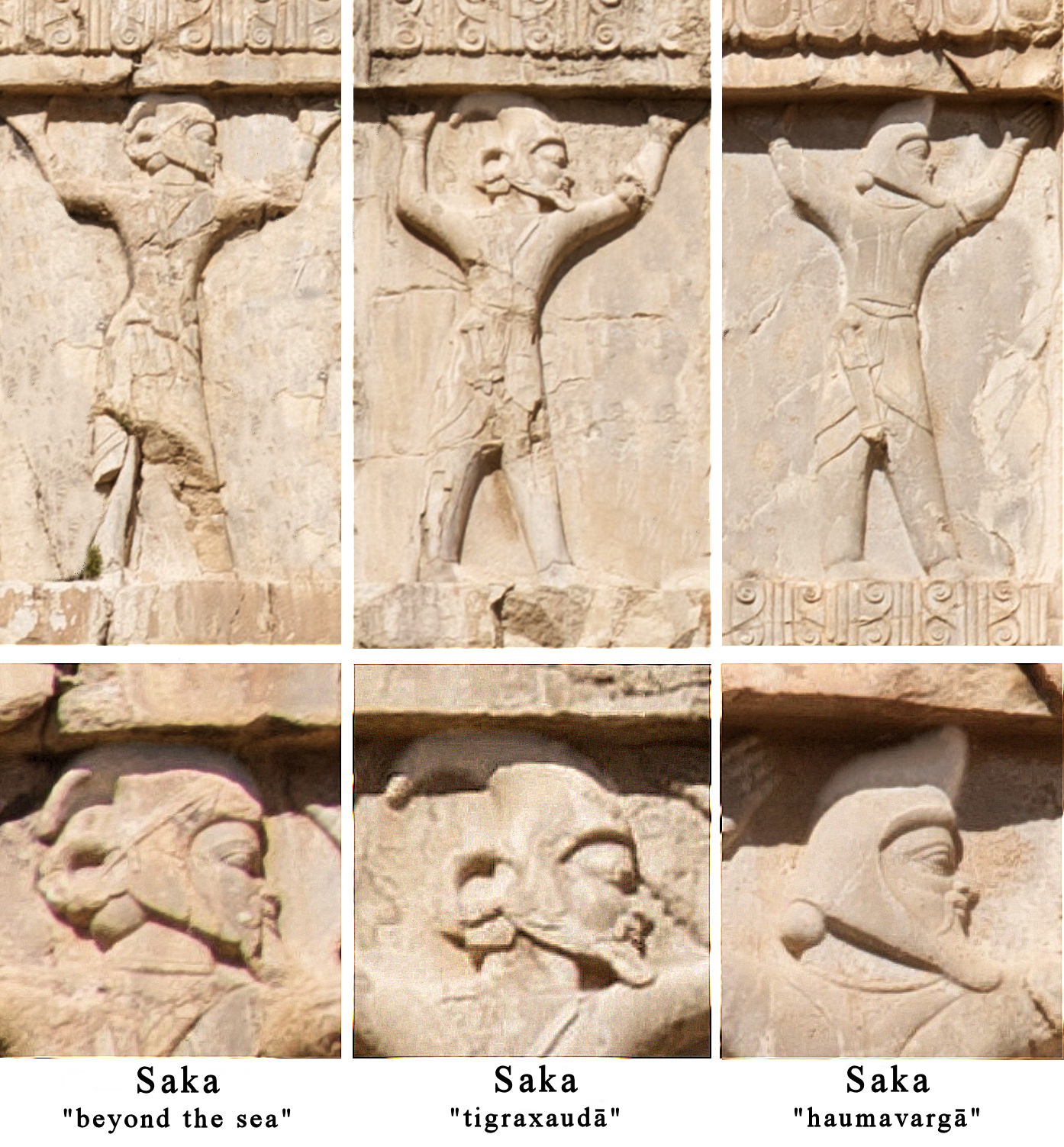|
Sagly Culture
The Sagly-Bazhy culture or Sagly/Uyuk culture, also known as Chandman culture in Mongolia (Ulaangom cemetery), refers to the Saka culture of the Sayan Mountains, in modern-day Tuva Republic. It is the last stage of the Uyuk culture. This period of Scythian culture covers a period from the 5th century BCE to the 2nd century BCE, and follows the Arzhan culture (8th century BCE), and the Aldy-Bel culture (7th-6th century BCE) in the same location. These Scythian cultures would ultimately be replaced by the Xiongnu Empire and the Kokel Culture. Nearby Saka cultures were the Tagar Culture of the Minusinsk Basin, as well as the Pazyryk Culture (ca. 500–200 BCE) in the Altai Mountains and the Saka culture (ca. 900–200 BCE), to which the Sagly-Bazy culture was strongly related. To the east was the Slab-grave culture. The Sagly-Bazhy culture stopped to exist in the 2nd century BCE as a result of Xiongnu invasions. File:Animal style artifact Sagly-Bazhi II (Tuva).jpg, Animal style ... [...More Info...] [...Related Items...] OR: [Wikipedia] [Google] [Baidu] |
Sakas
The Saka, old , mod. , ), Shaka (Sanskrit ( Brāhmī): , , ; Sanskrit (Devanāgarī): , ), or Sacae (Ancient Greek: ; Latin: were a group of nomadic Eastern Iranian peoples who lived in the Eurasian Steppe and the Tarim Basin from the 9th century BC to the 5th century AD. "Modern scholars have mostly used the name Saka to refer specifically to Iranians of the Eastern Steppe and Tarim Basin" "In modern scholarship the name 'Sakas' is reserved for the ancient tribes of northern and eastern Central Asia and Eastern Turkestan to distinguish them from the related Massagetae of the Aral region and the Scythians of the Pontic steppes. These tribes spoke Iranian languages, and their chief occupation was nomadic pastoralism." The Saka were closely related to the Scythians, and both groups formed part of the wider Scythian cultures. However, they are distinguished from the Scythians by their specific geographical and cultural traits. The Saka languages formed part of the Scythi ... [...More Info...] [...Related Items...] OR: [Wikipedia] [Google] [Baidu] |

